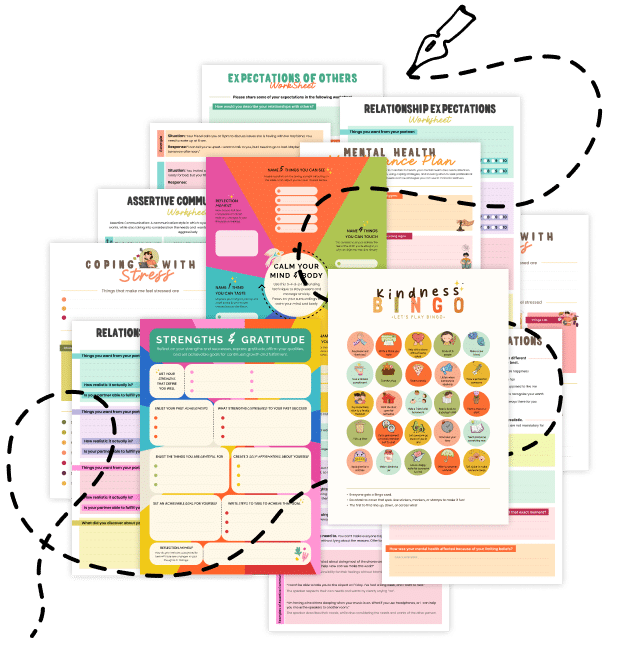20 Things About Internal vs. External Focus of Attention
Understanding where you direct your focus—whether inwardly or outwardly—can significantly affect your performance, learning, and overall well-being. In this post, you’ll discover 20 key insights into Internal vs. External Focus of Attention, how each influences your actions, and strategies to harness the right type of focus for improved outcomes in sports, work, and daily life.
1. What Is Internal vs. External Focus of Attention?
This concept distinguishes between focusing on your internal states (like body movements and thoughts) versus concentrating on the effects of your actions in the environment.
2. Defining Internal Focus
Internal focus involves directing attention to your own body mechanics, feelings, or mental processes during a task.
3. Defining External Focus
External focus is when you concentrate on the outcomes or targets of your actions, such as the ball in sports or the impact of your speech on an audience.
4. Sports Example: Golf Swing
In golf, an internal focus might lead you to worry about your swing mechanics, while an external focus directs your attention to the ball’s flight and the target.
5. Performance Implications
Research shows that an external focus typically enhances performance by promoting natural, automatic movements, whereas an internal focus can disrupt fluidity.
6. Benefits of External Focus
An external focus can improve accuracy, timing, and overall execution by reducing conscious interference in well-learned motor skills.
7. When Internal Focus Helps
In early learning stages, an internal focus can be useful to understand and fine-tune the mechanics of a new skill.
8. Overthinking Pitfalls
Excessive internal focus during performance can lead to overthinking, causing tension and decreased efficiency.
9. Achieving Automaticity
External focus supports automatic processing, which is key for achieving a flow state and peak performance.
10. Impact on Stress Levels
Focusing internally can increase self-consciousness and stress, while external focus often reduces anxiety by shifting attention away from self-monitoring.
11. Practical Application in Sports
Coaches often use external cues (e.g., “focus on the target”) to help athletes perform more naturally and with less mental interference.
12. Influence on Learning Efficiency
For tasks like driving or public speaking, maintaining an external focus can lead to quicker, more effective skill acquisition and better real-world performance.
13. Shifting Between Focuses
Expert performers know when to switch between internal and external focus—using internal focus for learning and external focus for execution.
14. Enhancing Motor Skills
External focus has been shown to improve coordination and timing, leading to smoother and more precise motor control.
15. The Role of Self-Talk
How you talk to yourself can affect your focus. Encouraging external focus through positive, outcome-based self-talk can be particularly effective.
16. Mindfulness and Focus
Mindfulness practices can help you become more aware of your focus patterns, enabling you to shift from an overly internal focus when needed.
17. Training the Brain
Exercises designed to promote an external focus can help rewire your mental habits, making it easier to achieve flow during performance.
18. Technology-Assisted Focus
Tools like virtual reality training and biofeedback devices can provide external cues that help direct your attention effectively.
19. Customizing Your Approach
Recognize that the optimal balance between internal and external focus may vary by individual, task, or context. Tailor your strategies accordingly.
20. Related Topics to Explore
- Self-Talk Restructuring: Learn techniques to shift your internal dialogue towards performance-enhancing cues.
- Mindful Acceptance: Explore strategies for accepting internal states without letting them hinder external performance.
- Implementation Intentions: Discover how planning specific responses can bridge the gap between intention and action.
- Cognitive Flexibility Games: Engage in exercises that boost your ability to switch focus effectively in various situations.
Quick Tips to Boost Internal vs. External Focus of Attention
- Identify Your Current Focus: Regularly assess whether you’re directing your attention inward or outward during performance.
- Use External Cues: Implement prompts like visual targets or outcome-oriented goals to shift focus externally.
- Practice Mindfulness: Incorporate mindfulness exercises to enhance your awareness of where your attention lies.
- Refine Your Self-Talk: Replace self-critical, internal comments with positive, external performance cues.
- Tailor Your Training: Adjust your focus strategies depending on whether you’re in the learning phase or executing a skill.
By understanding and managing your focus of attention, you can enhance your performance, reduce anxiety, and achieve a smoother, more natural execution in both physical and mental tasks. Embrace these insights to find the optimal balance that works best for you!


